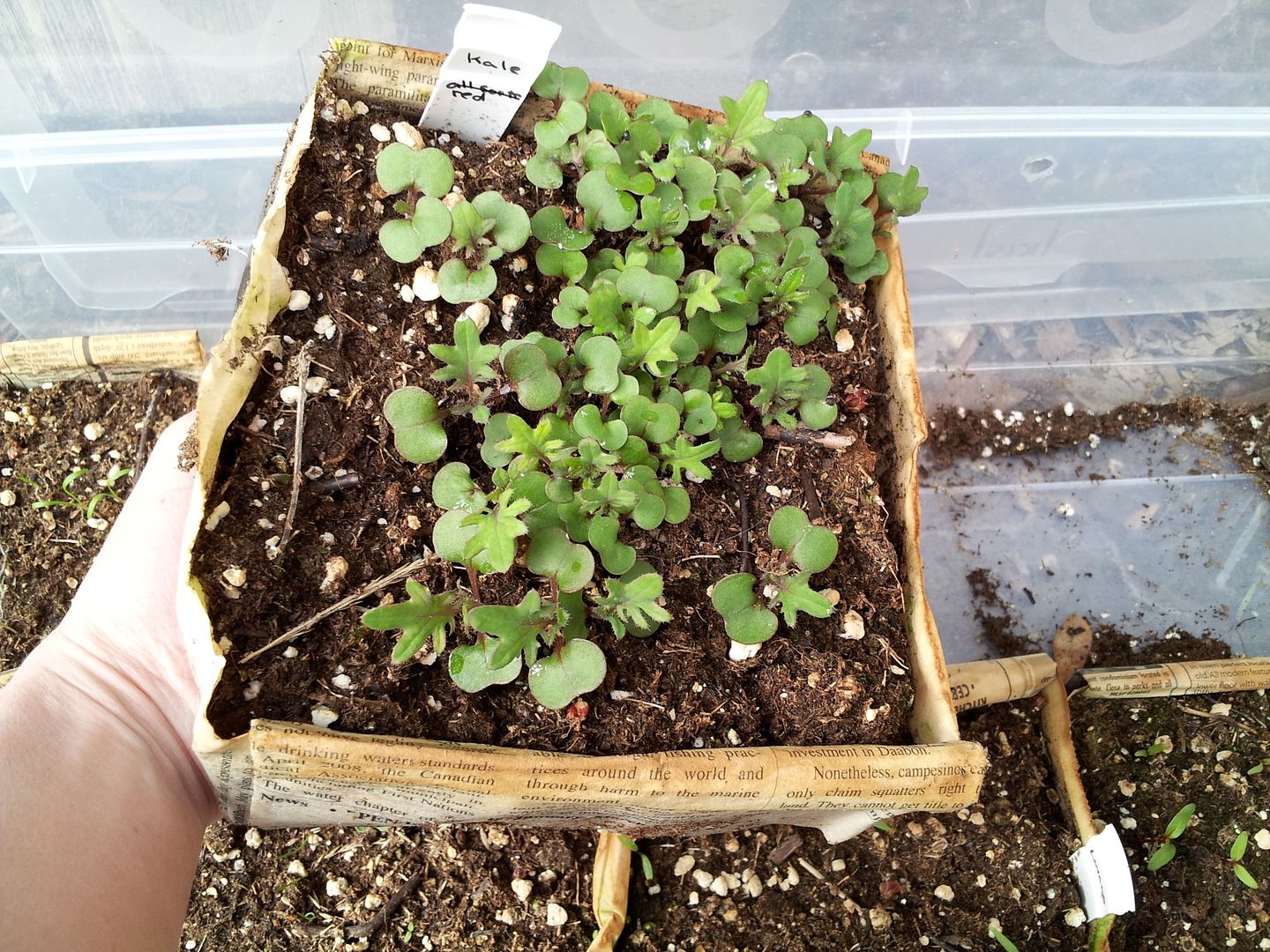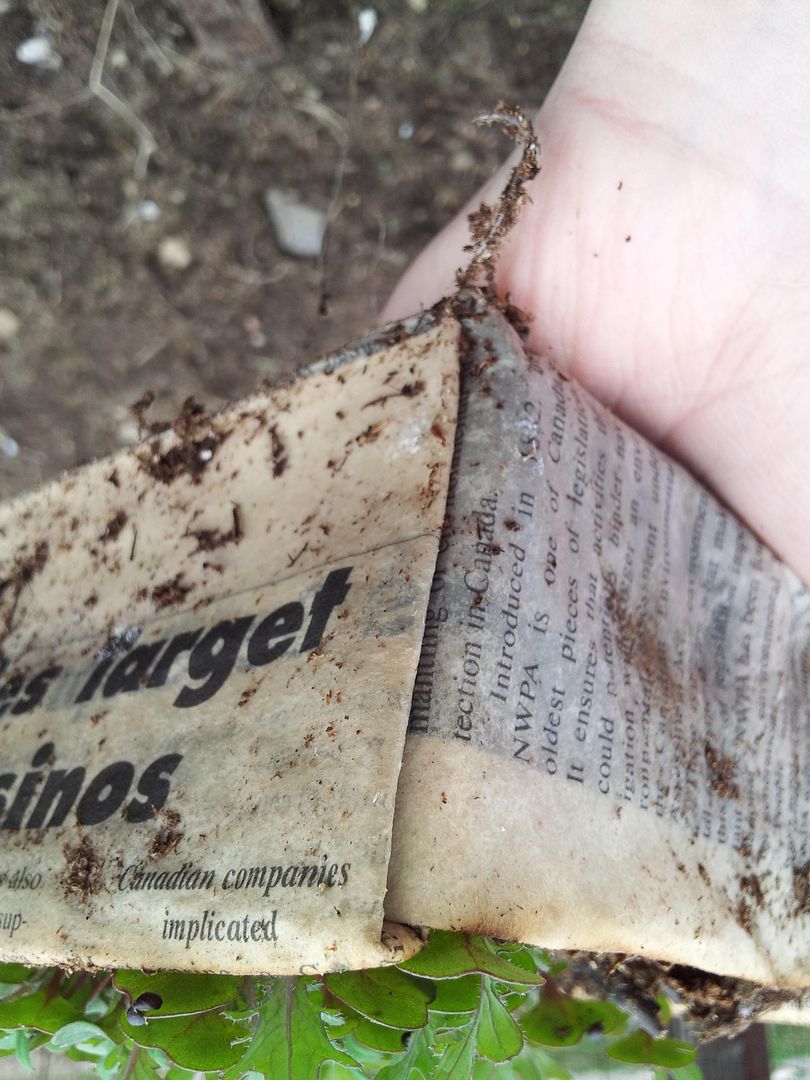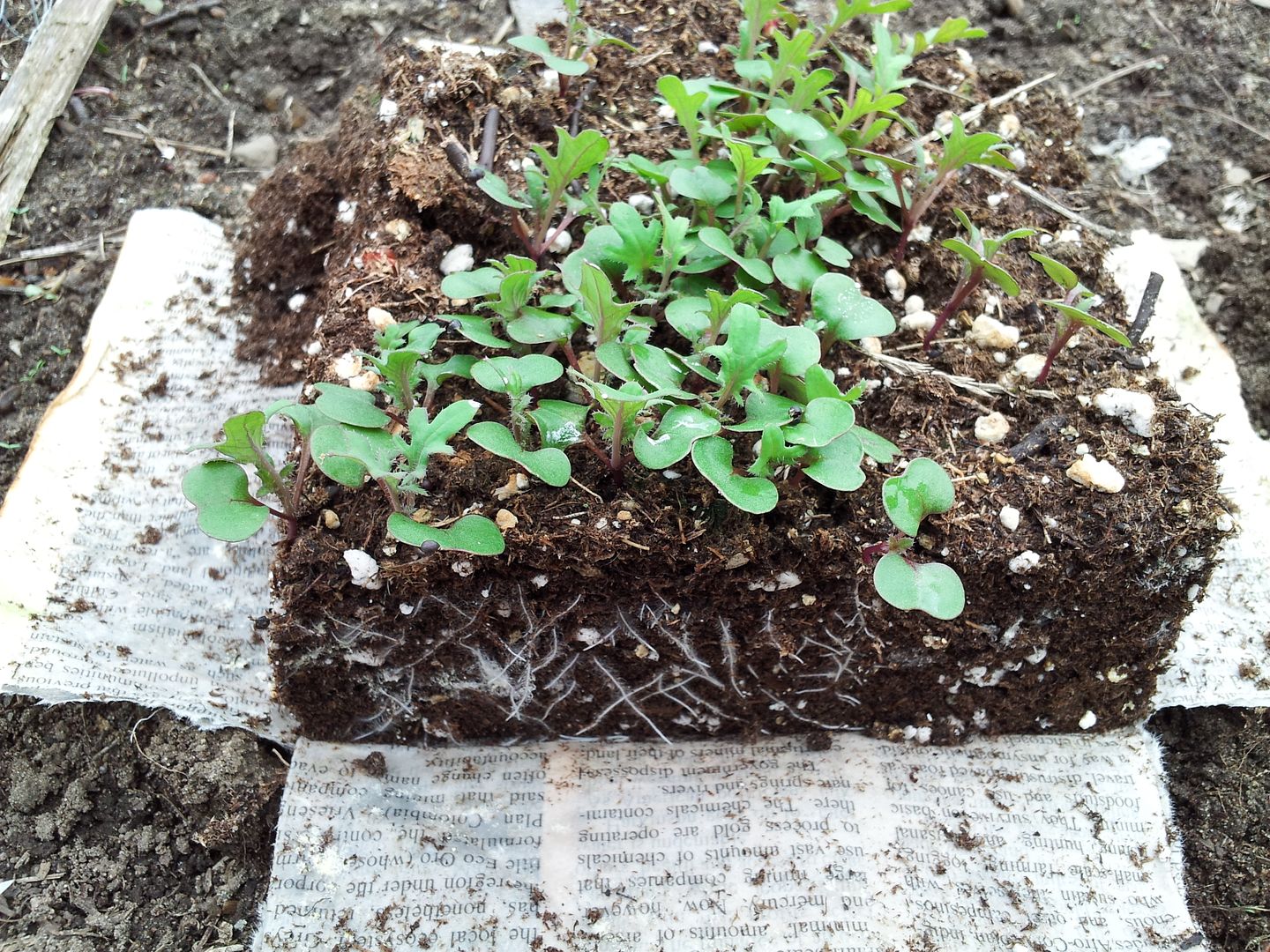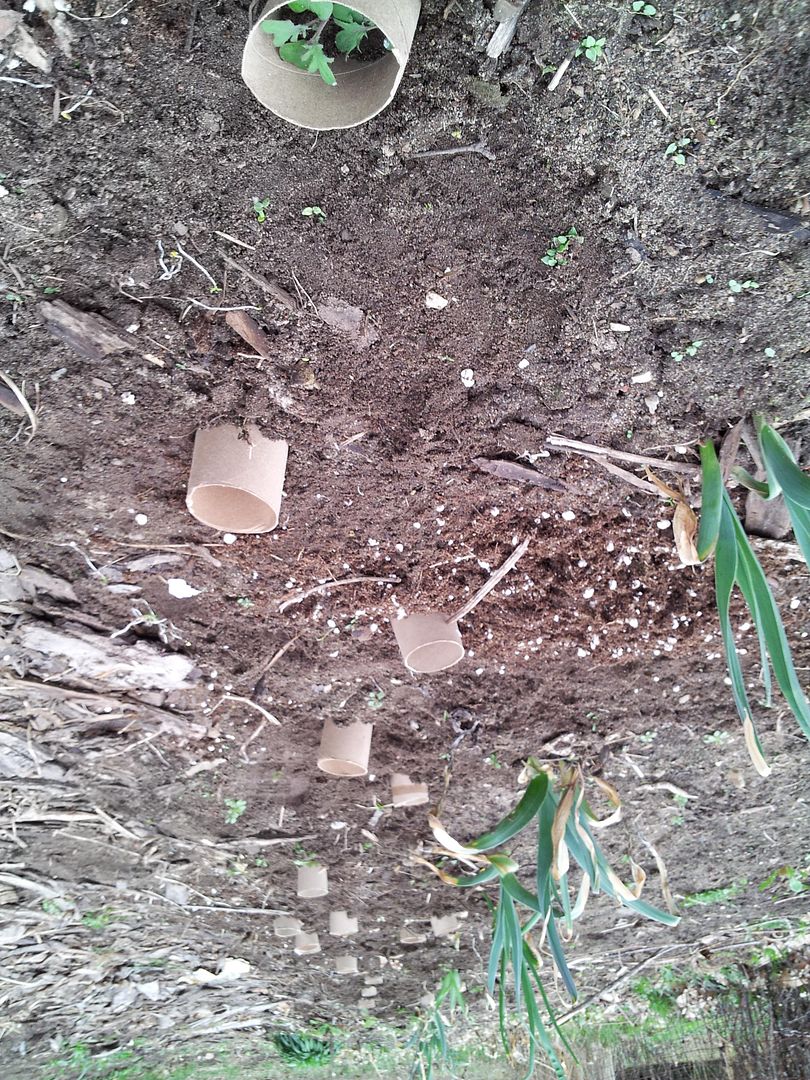For my biz website,* I'm writing up a list of plants I won't sell but are useful edibles if you happen to have the mixed luck of already growing them. And chances are one of these will be on the list. Here is a selection:
Alliaria petiolata - Garlic Mustard
A native across the pond, this potherb's prolific seeding can overwhelm shady areas quickly. They are allelopathic to mycorrhizal fungi partners of certain native trees so can harm their growth and are poisonous to certain butterflies.
Uses: Turn the
pest into pesto says it all really. Like many other flavourful greens, it can be used as a spinach substitute in quiche, pies, salads, pastas and more.
Aegopodium podograria - Goutweed, Bishop's weed
The variegated variety is often seen peeping out along the foundation or under plants. This very tough ground cover does exactly what it promises and covers ground.
Uses: A carrot relative, it is often compared to celery. You will also be amused/amazed to know that this is one of the forgotten vegetables. Yes people planted it to eat on purpose. Oh wait, people still plant this on purpose. They just forgot to eat it.
Eat the Weeds tells all.
Campanula rampunculoides - Creeping Bellflower
Once upon a time, in a garden long ago, I was about to pull a weed when someone stayed my hand saying, "Don't pull that, it's a pretty wildflower." They must not have liked me. Another transplant from across the water, once established, it is difficult to eradicate. It has a clever trick to make you think you have pulled it all out. See, shoots with weak root systems form away from the main, bulky taproot. You pull these and think, ha ha, got it. It laughs back.
Uses: Perfectly passable as an edible, the taproots and greens can be eaten. I
experiment with them here. Just remember to get those juicy taproots.
Fallopia japonica - Japanese Knotweed
I have this conversation a lot. "Wouldn't it be great if there was a hardy bamboo that grew in Ottawa." "Oh I have one/ have seen one." "Really?" "Yes, but you have to be careful because they're invasive you know." "Perchance would it have plumes of white flowers in the summer?" "Why do you ask?"
Because it's Japanese Knotweed! However, if you do have an interesting, hardy bamboo, I'm all ears. The jointed stems or knots are what make it look like bamboo. Another common name is fleece flower, also a good description. I often see it growing in damp conditions such as ditches. You may still encounter a variegated variety sold as a decorative perennial.
Uses: The spring shoots are a rhubarb like plant.
More from well known forager Steve Brill.
Ranunculus ficaria - Lesser Celandine
The Marsh Menace hails from Europe and is outcompeting natives in wet areas and moist woodlands
Uses: This plant is not edible raw as it contains a toxin that is destroyed by cooking. Funnily enough, I was really surprised to see that it was considered edible at all given that it is in the buttercup family. I have no experience with this plant so I'll refer to
someone who does.
Enjoy.
***
* No time for photos. Spring clean, bed making, website designing, plant growing. However, I do post to my Facebook account if you are really starved for monotonous seedling pics. Look for Ottawa Gardener.
If you google
invasivore, you may be surprised that many animals are on the list. Okay, not necessarily surprised that there are invasive animals, but foraging culture often leaves out the meaty side. Get it, leaves... out... I'll stop.




